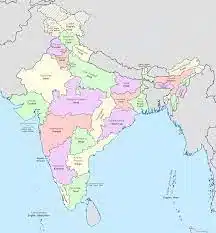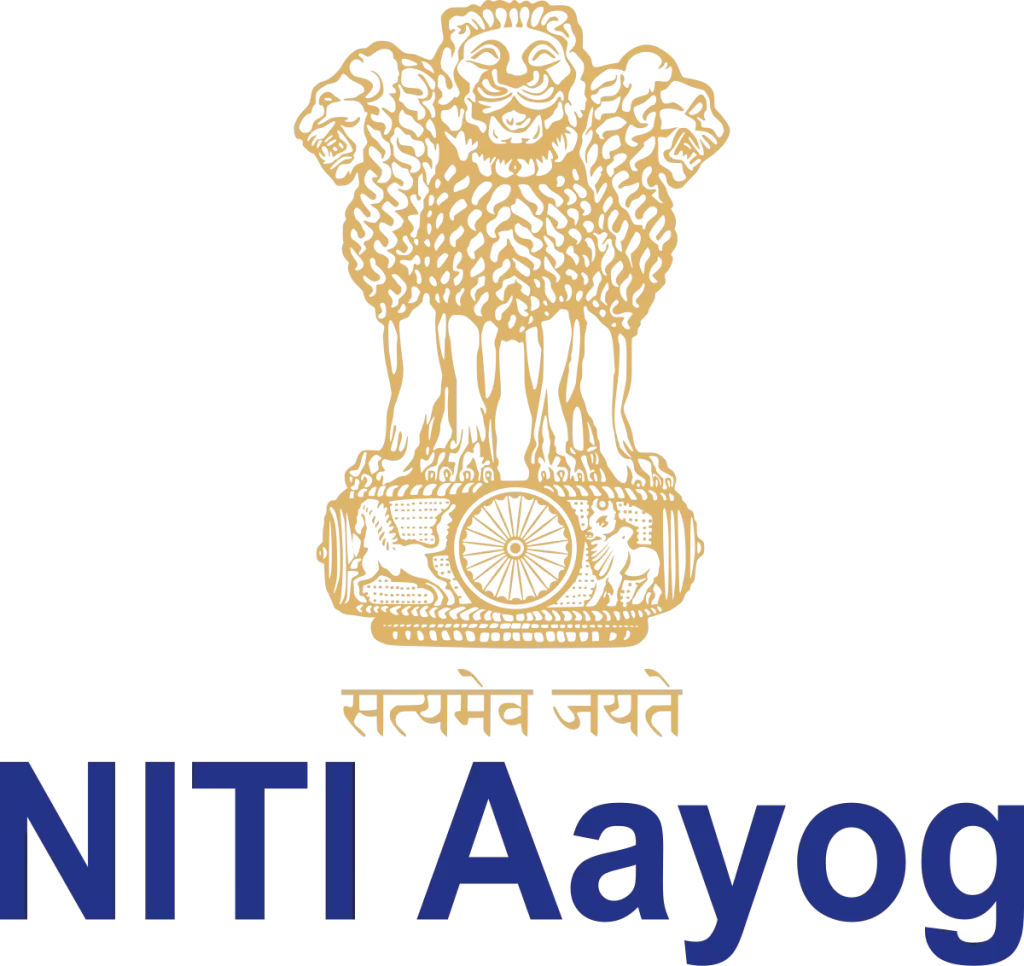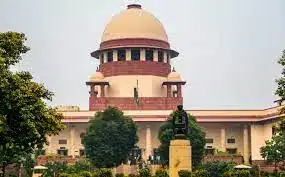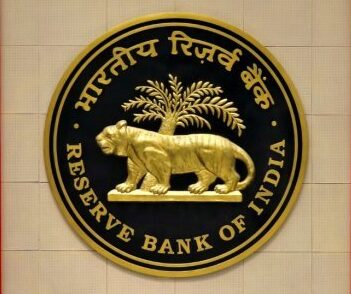Difference Between A State And A Union Territory
In terms of governance, structure and function, states and union territories are significantly different from each other. Article 1 of the Indian constitution defines India as a Union of States and not as a federation of states. There are 28 states and 8 Union territories in the country. Union Territories are administered by the President through an Administrator appointed by him/her.
What is a state?
- States are explained as the administrative unit that has its elected government, which has the right to frame its laws.
- It has its own Legislative Assembly and the Chief Minister, for administration.
- The Governor acts as the representative of the President, in states.
- There is a distribution of sovereign legislative and executive powers between the Centre and state, regarding the territory of that state.
- Different states vary in size, demography, history, dressing style, culture, language, tradition and so on.

What are the Union Territories?
- Union Territories are ruled directly by the Central Government has a Lieutenant Governor as an administrator, who is the representative of the President of India and appointed by the Central government.
- Union Territories have no representation in the Rajya Sabha except Delhi and Puducherry.
- Unlike the states of India, which have their own governments, Union Territories (UTs) are the federal territories, administered by the union government of India.
- In UTs, the central government appoints the Lieutenant Governor, who is the administrator and the representative of the President of India.
- However, as an exception, Puducherry and Delhi have an elected legislature and government, as they were granted partial statehood, under the special Constitutional amendment.
- In India, all the states and three union territories, i.e. Puducherry, Delhi, and Jammu and Kashmir possess elected legislature and government.
- Currently, India has eight Union Territories including, Delhi, Andaman and Nicobar, Chandigarh, Dadra and Nagar Haveli and Daman and Diu, Jammu and Kashmir, Ladakh, Lakshadweep, and Puducherry.
History of union territories
- During the discussion on reorganisation of states in 1956, the States Reorganisation Commission recommended creation of a different category for these territories since they neither fit the model of a state nor do they follow a uniform pattern when it comes to governance.
- It was observed that these economically unbalanced, financially weak, and administratively and politically unstable territories can’t survive as separate administrative units without depending heavily on the Union government. Considering all the reasons union territory was formed.
- Andaman and Nicobar island was the first union territory of India, Chandigarh is the joint capital of Punjab and Haryana state of India.
List of differences between a state and a union territory
| State | Union territory |
| A state is a constituent division that has a separate government. States have their own elected government that are vested with the powers to frame the laws. | An union territory is a small administrative unit that is ruled by the union. The union territories are administered and controlled directly by the Central Government of India. |
| States enjoy a federal relationship with the central government. The legislative and executive powers are distributed | Union territories has unitary relationship with the central government which means all the legislative and executive powers rest with the Union. |
| Governor is the constitutional head of the state. | The president of India is the executive head of the union territory. |
| The chief minister duly elected by the people administers the state. | Union territory is appointed by an administrator who is appointed by the president. |
| States are much larger in size than the union territories. | Union territories are much smaller in size when compared to the states. |
| States have autonomous powers. | Union territories do not have autonomous powers. |
Two types of Union Territories in India
- In India, there are two types of union territories namely union territory with legislature and union territory without legislature. The two union territories with the legislature are Delhi and Puducherry. This type of union territory has an elected legislature and government. The other union territories are directly controlled by the central government. The union territories have no separate representation in the Rajya Sabha except in cases of Delhi and Puducherry where the union territories have their own independent legislature.
- After the bifurcation, Jammu and Kashmir resemble the category of Delhi and Puducherry. The special provision granted for Jammu and Kashmir will mean that the administrative powers are distributed between the governor and the chief minister. The education and municipal operations of these union territories come under the purview of the legislative assembly while aspects like security and others are managed by the central government as per the advice of the Lieutenant Governor.
- Since they enjoy a partial statehood-like status and they have their own legislative assemblies, union territories like Delhi, Puducherry and Jammu and Kashmir do not operate in the same way as the other four union territories in India do.
Also refer :
- Top 50 Science MCQs For Competitive Exams
- Know About The Different Financial Sector Regulators In India
- 15 वें वित्त आयोग की सिफारिशों के बारे में महत्वपूर्ण तथ्य
- महत्वपूर्ण भारतीय गुफाओं की सूची
- भारत की प्रमुख नदियाँ
- भारत में वित्तीय क्षेत्र के नियामक
- प्राचीन भारत के प्रसिद्ध विश्वविद्यालय








